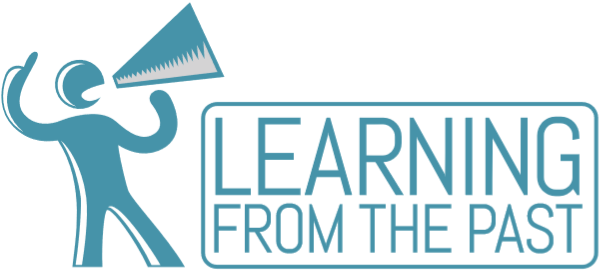The armistice of 1918 did not signal peace for most of the European participants of the First World War. Victors and losers alike faced years of turmoil as governments, economies and international relations were reshaped. The Paris Peace Conference which opened on 18 January 1919 redrew the map of Europe. Aware this was only the beginning of the peace process, the conference came to an end on 21 January 1920 with the inaugural General Assembly of the League of Nations, the first international organisation whose mission was to maintain world peace. We know that, twenty years later, the outbreak of the Second World War dashed those hopes.
This map, however, offers insights into the alternative futures explored in those decades, offering examples chosen by volunteers from Britain, Germany, Hungary, Italy, Poland, Romania, and Slovenia. As we see in their entries, the experience of the First World War fostered both wide and deep commitment to the prevention of war and the possibilities of international collaboration. The snapshots offered here of artists, actors, poets, educators, politicians and activists, of the activities of men, women and children, and of overt and covert organisations and institutions, all serve to remind us of the numerous initiatives that sought to ensure ‘no more war’ or countered those waging it.
It is easy to be cynical about humanity’s ability to benefit from experience, but these entries offer examples of individual and collective attempts to do so. Perhaps we can draw hope and inspiration from those initiatives of yesteryear as we shape our tomorrow.
Corinna Peniston-Bird, Department of History, Lancaster University.
